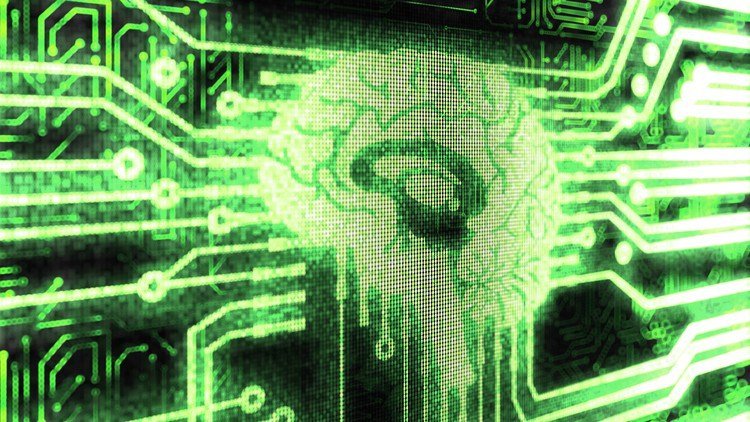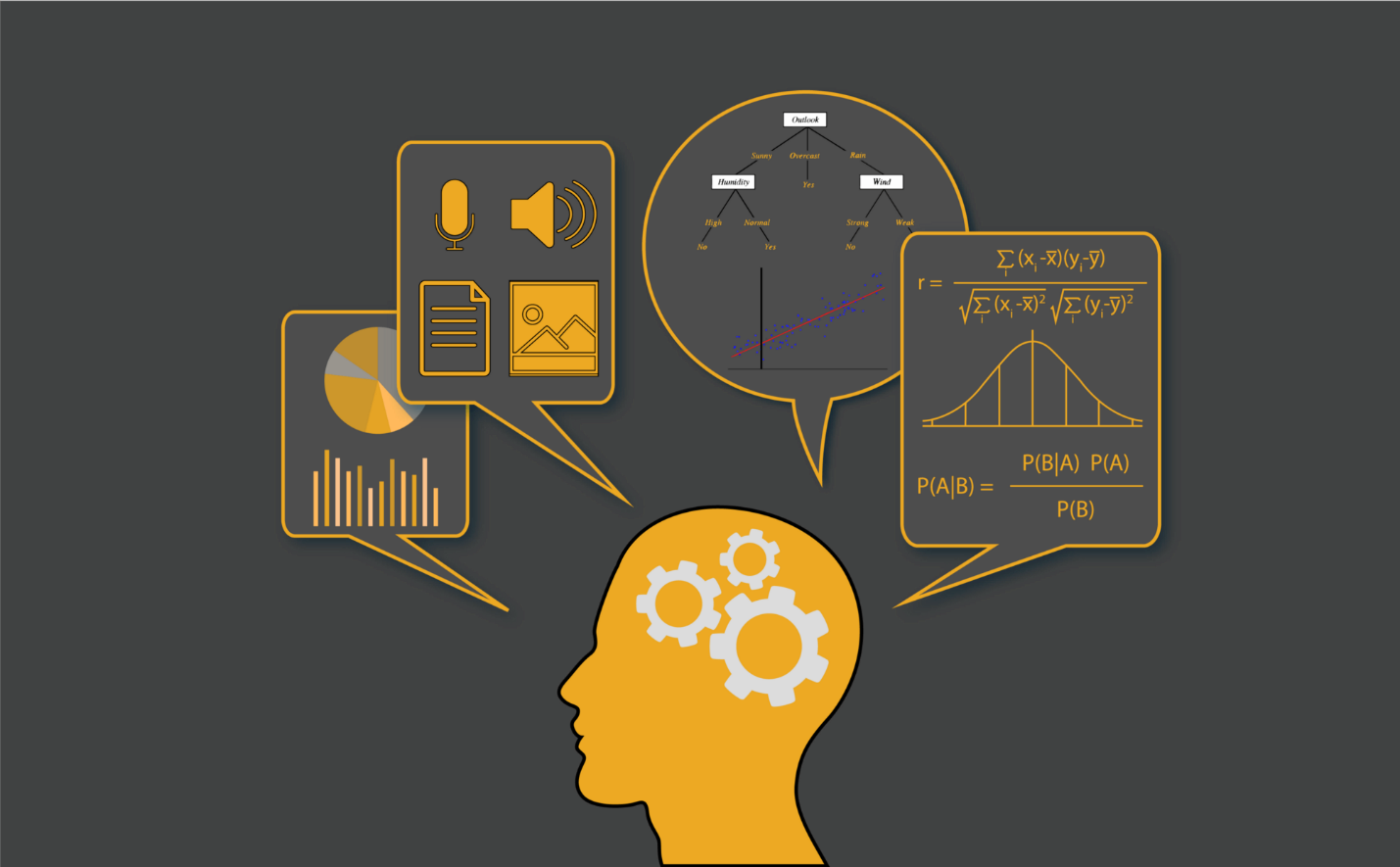We are in the 21st century and with increased use of Machines languages, the sector of IT has been growing day by day. We are talking about Quantum Machine languages and will get to about different frameworks of Quantum Machine learning. We also know that Machine languages are a subfield of Artificial Intelligence (AI). The American Pioneer- Arthur Samuel, who was in the field of Artificial Intelligence and Computer gaming, introduced the term “Machine Learning” in 1959 and now there is tremendous growth in this field. Quantum Machine learning is a combinational use of Quantum Physics and Machine Learning (ML).
Quantum Machine Learning
Quantum Machine Learning is focused to develop quantum algorithms from data to improve the existing machine learning methods. The two main concepts on which Quantum Machine Learning (QML) is built - Quantum Data and Hybrid Quantum Classical Models.
Quantum Data
The data source is known as quantum data which occurs in an artificial quantum system. Chemical simulation, Quantum communication networks, Quantum matter simulation, Quantum control, Quantum metrology are some examples of quantum data that can be simulated on quantum devices.
Hybrid Quantum Machine Learning Classical Models
The Quantum processors are noisy and small, the models of quantum cannot use quantum data by using only quantum processors. We must use classical co-processors to work effectively with NISQ processors.
The different framework of Quantum machine learning are as follows:-
- Quantum: We can refer to the energy of Mass to understand Quantum, which can be the smallest unit of the physical unit.
- Qubit: The computers of Classical generations perform the task on the calculation of Bits which can be “0” and “1”. But in Quantum Computers, Qubits are used to perform the functions which are more fast and effective as compared to classical computers. Qubits can be understood by an electron orbiting a nucleus and a photon. In quantum physics, qubits also can refer to electrons or protons.
- Superposition: Because the quantum of qubits can exist at the same time in both 0 and 1, we know this phenomenon as Superposition. It means one Particle can exist in multiple states. But when it comes to Supervision state and, its superposition no more exists and then it exists in only one state.
- Entanglement: Because the quantum Particles cannot work independently and they interact with each other to work efficiently, we know this phenomenon as Entanglement. So, here we know that even though separated to a large distance of each particle, each of them interacts with each other in a correlated way.
Conclusion
Quantum Computing techniques are still in progress, but as of now so many successes are there to see in the field of Hospitals, scientists and in many more sectors. Quantum computing techniques also solve specialized scientific problems like creation of high-temperature superconductors, molecular modeling, drug modeling and testing, and selection of molecules for the creation of organic batteries. Still, there are more new things to come up in Quantum Machine learning, Most of the Tech giants like Microsoft, IBM and NASA are getting on board with this kind of fascinating new technology.

Use of Machine Learning in various industries
Technology implementation could be the next big thing where data analysis can be easily done through machine learning applications, a consultation...

How life has changed with Machine Learning
Machine learning and artificial intelligence are the sailors of the new technology-driven business world, in spite of being the fact that word...


